

— Products —
 Consumer hotline +8618073152920
Consumer hotline +8618073152920 WhatsApp:+8615367865107
Address:Room 102, District D, Houhu Industrial Park, Yuelu District, Changsha City, Hunan Province, China
Weather Stations
NBL-W-SS Wind speed sensor(Cup Anemometer) is a device used to measure wind speed, small and lightweight, easy to carry and assemble. It can effectively obtain wind speed information, the shell is made of high quality polycarbonate composite material, rainproof, corrosion resistant, anti-aging, is a convenient to use, safe and reliable intelligent instrumentation. It is mainly used in meteorology, agriculture, ships and other fields, and can be used outdoors for a long time.
Tel/WhatsApp:+8615367865107
Email:Arvin@niubol.com +Nearly 100 partner companies in more than 68 countries. We are committed to providing high-quality, practical products to meet your needs and help you solve problems. Our products comply with international standards and are certified with ISO, CE and RoHS.Product Details
This wind speed sensor adopts the classic design of three wind cups, combined with the essence of modern material science, and selects the high-strength carbon fiber material, which ensures the durability of the sensor under extreme conditions and the sensitivity of the activation. It is especially suitable for meteorological observation, marine research, environmental monitoring, airport management, port operation, laboratory testing, agricultural environmental control and transportation meteorology to provide accurate wind speed data.

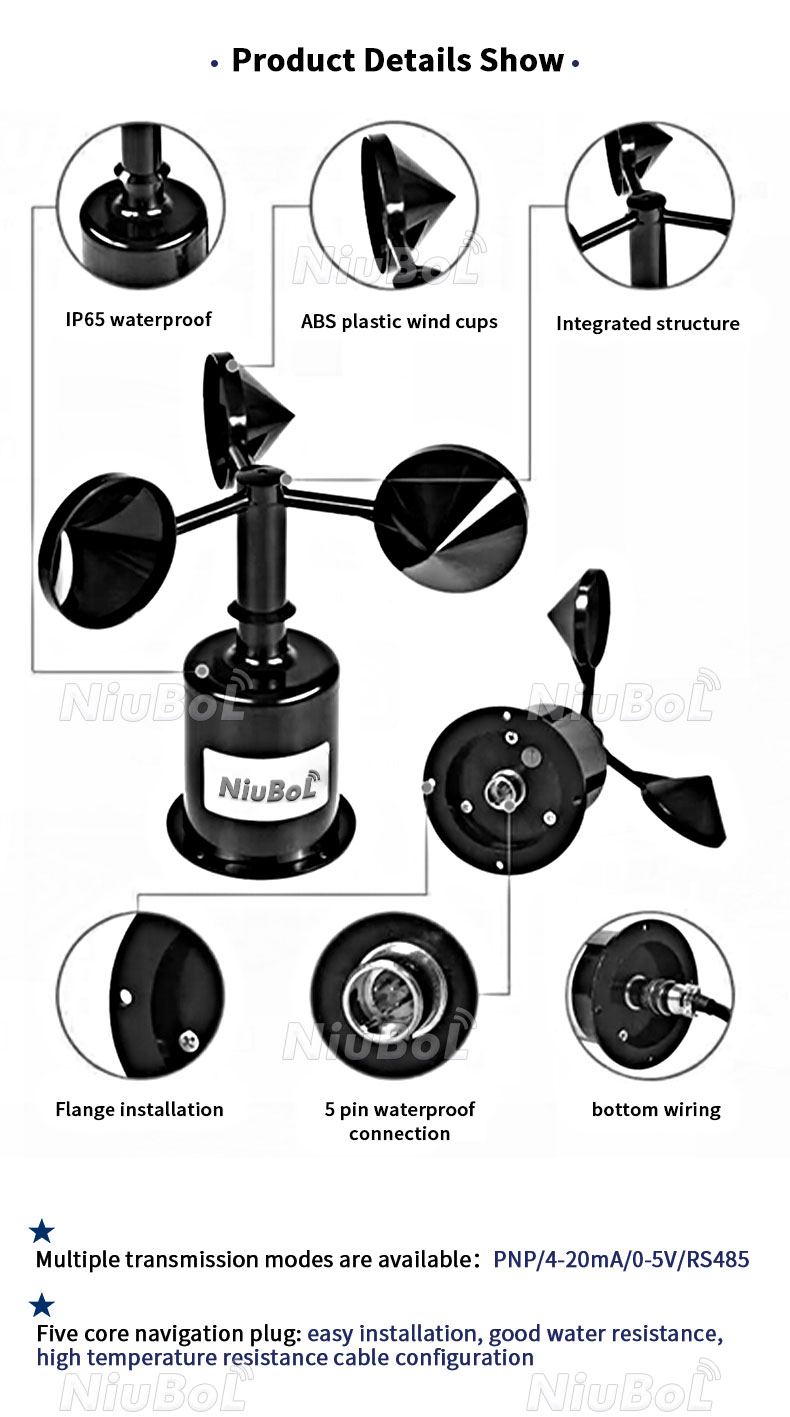
- Measuring range: Two configurations are available, 0 to 45m/s for routine monitoring and 0 to 70m/s for a wider range of wind speed environments.
- Accuracy Guarantee: Ensure the accuracy of the measurement, the error is controlled at ± (0.3+0.03V) m/s, where V is the actual wind speed, which ensures the reliability of the data.
- Resolution: every 0.1m/s resolution, able to capture small wind speed changes, suitable for fine research and application.
- Low start-up wind speed: ≤0.5m/s start-up wind speed ensures rapid response even in light wind conditions without missing any wind speed changes.
- Flexible power supply: Supports DC 5V, DC 12V-24V power supply, as well as other power supply modes customized according to requirements, adapting to different installation environments.
- Diversified Outputs: Provides a variety of signal output options, including pulse signals, 4-20mA current signals, 0-5V/0-2.5V voltage signals, as well as RS485 interfaces that support remote communication, to meet different system integration needs.
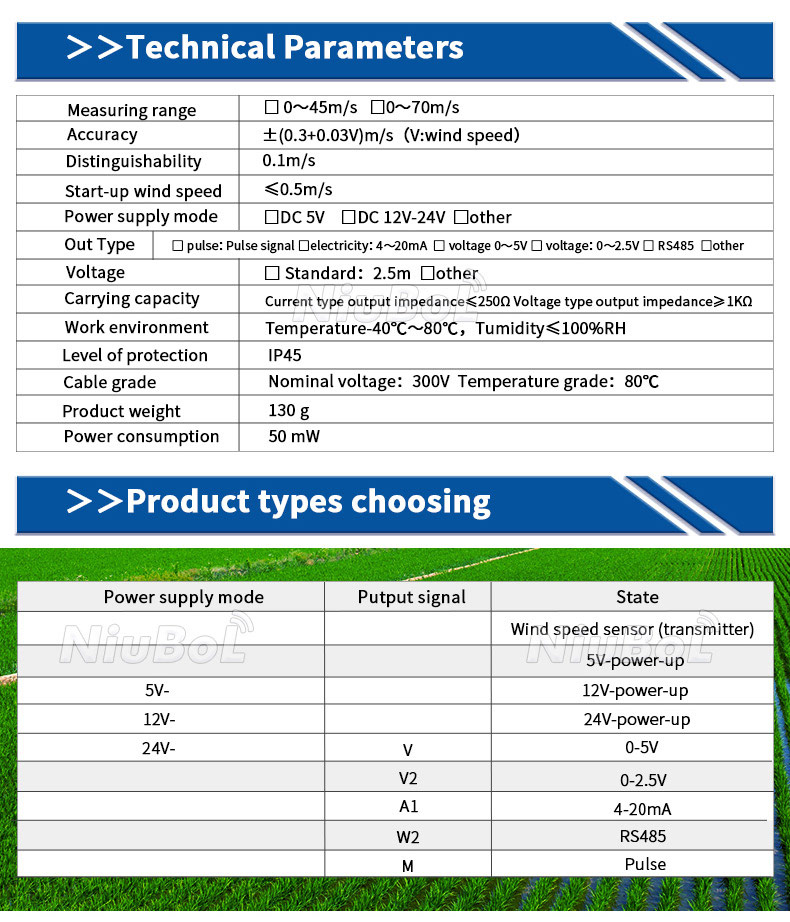
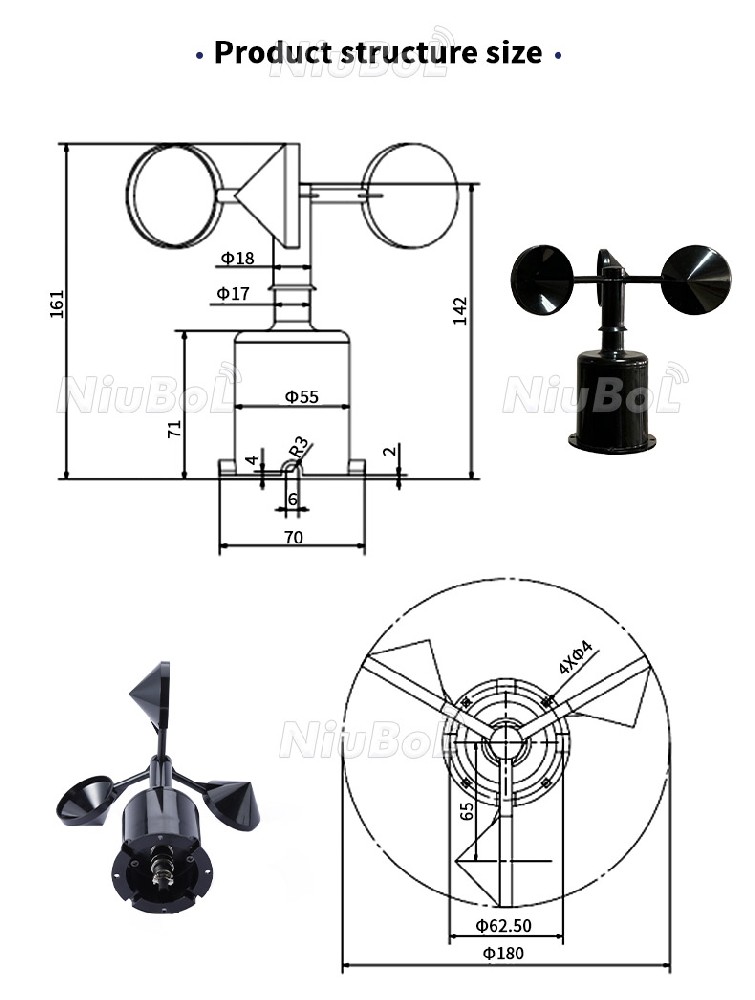
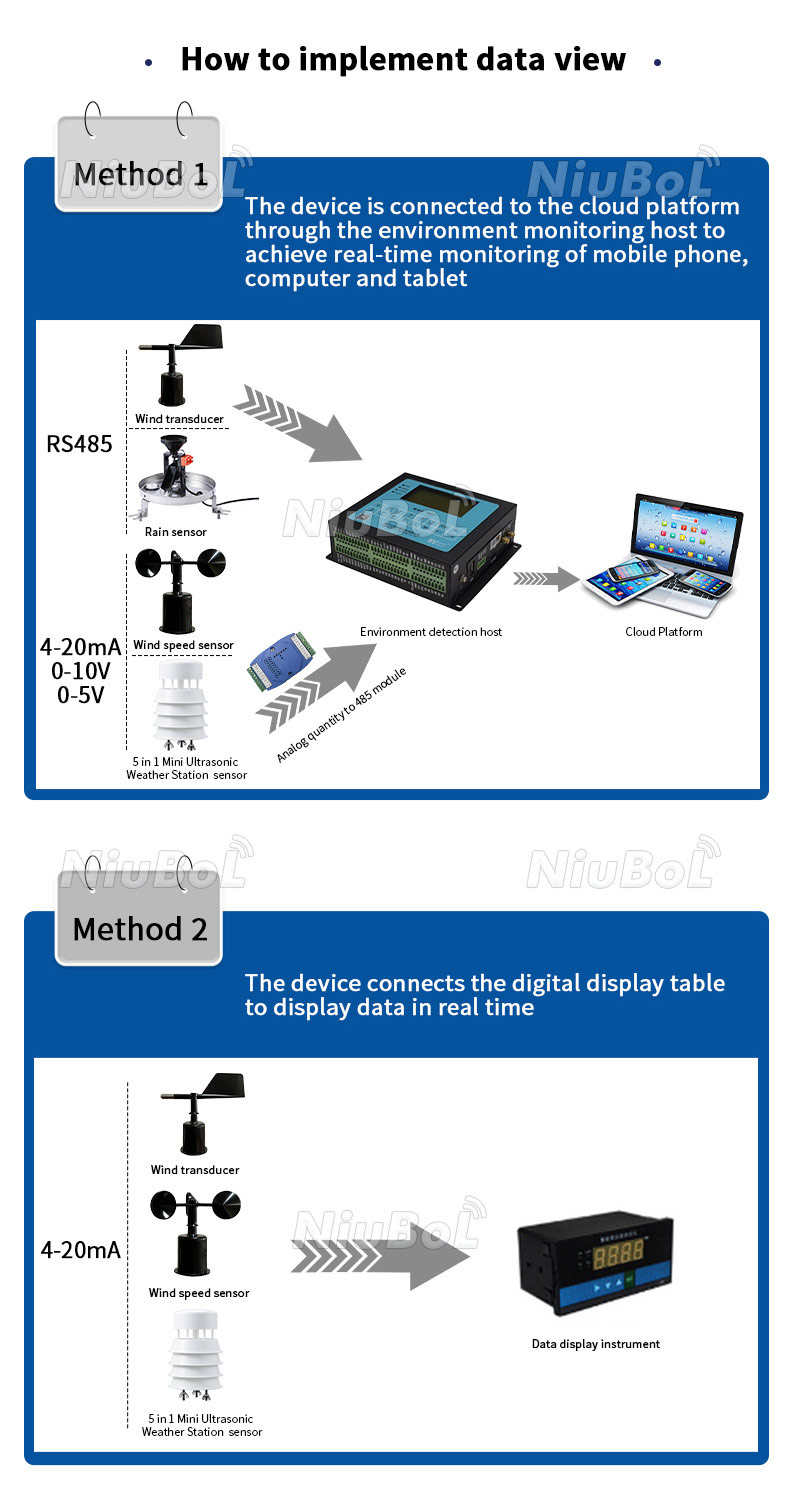
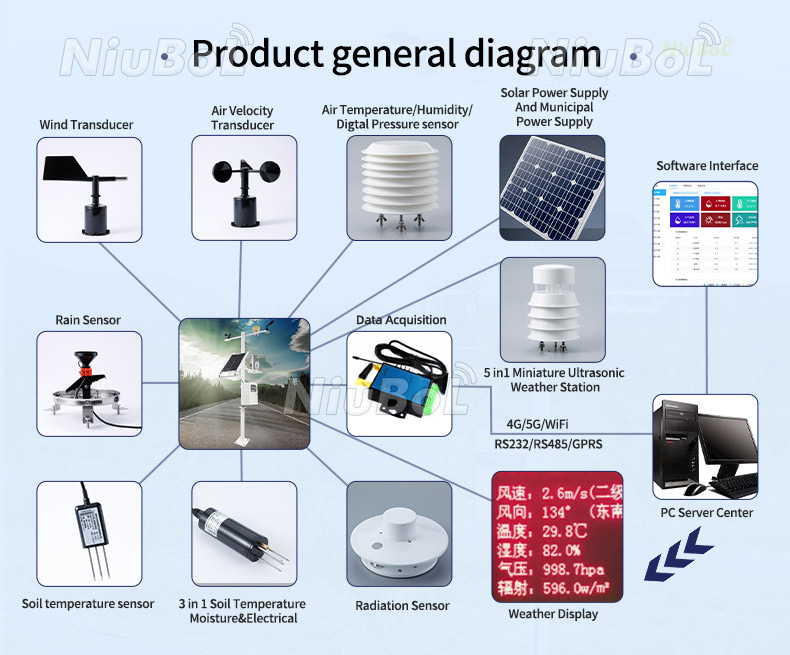
- Carbon fiber material: lightweight and high-strength, reducing wind resistance and improving response speed, as well as corrosion-resistant, adapting to long-term outdoor use.
- Built-in signal processing: Intelligent signal processing unit is integrated in the cup, the output signal can be customized according to the user's needs, simplifying system integration.
- Wide compatibility: through different output forms, it can be easily interfaced with various monitoring systems and data acquisition equipment, enhancing the flexibility and expandability of the system.
Ideal for professional weather monitoring and environmental control, this wind speed sensor's superior performance and durability ensure efficiency and accuracy in a variety of applications.
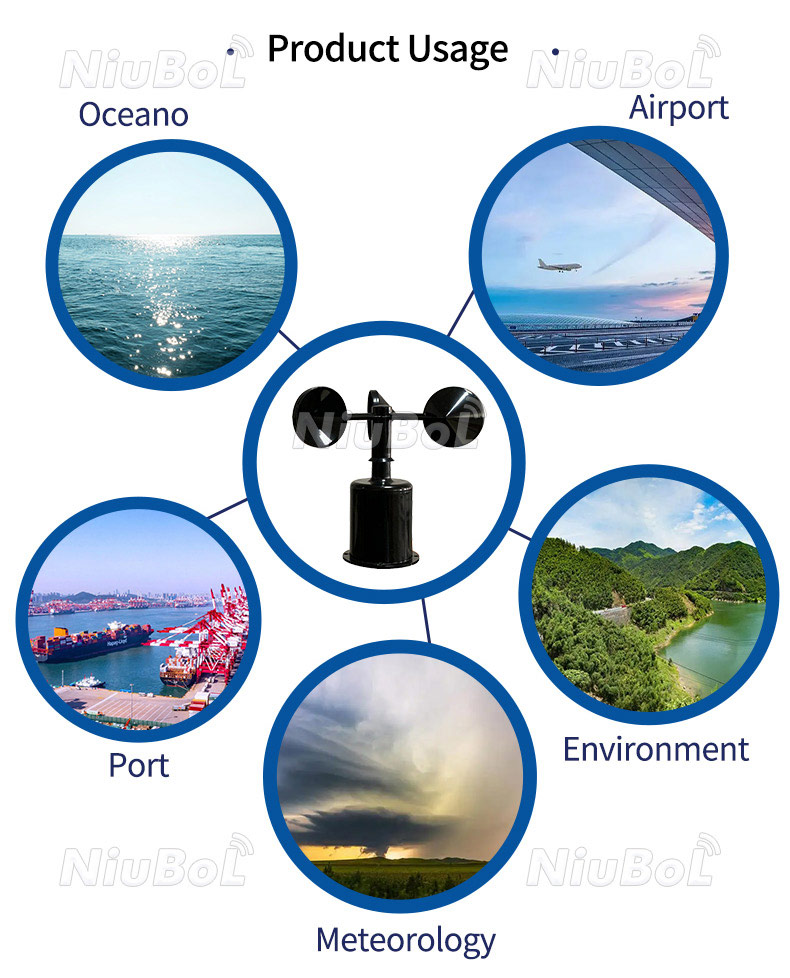
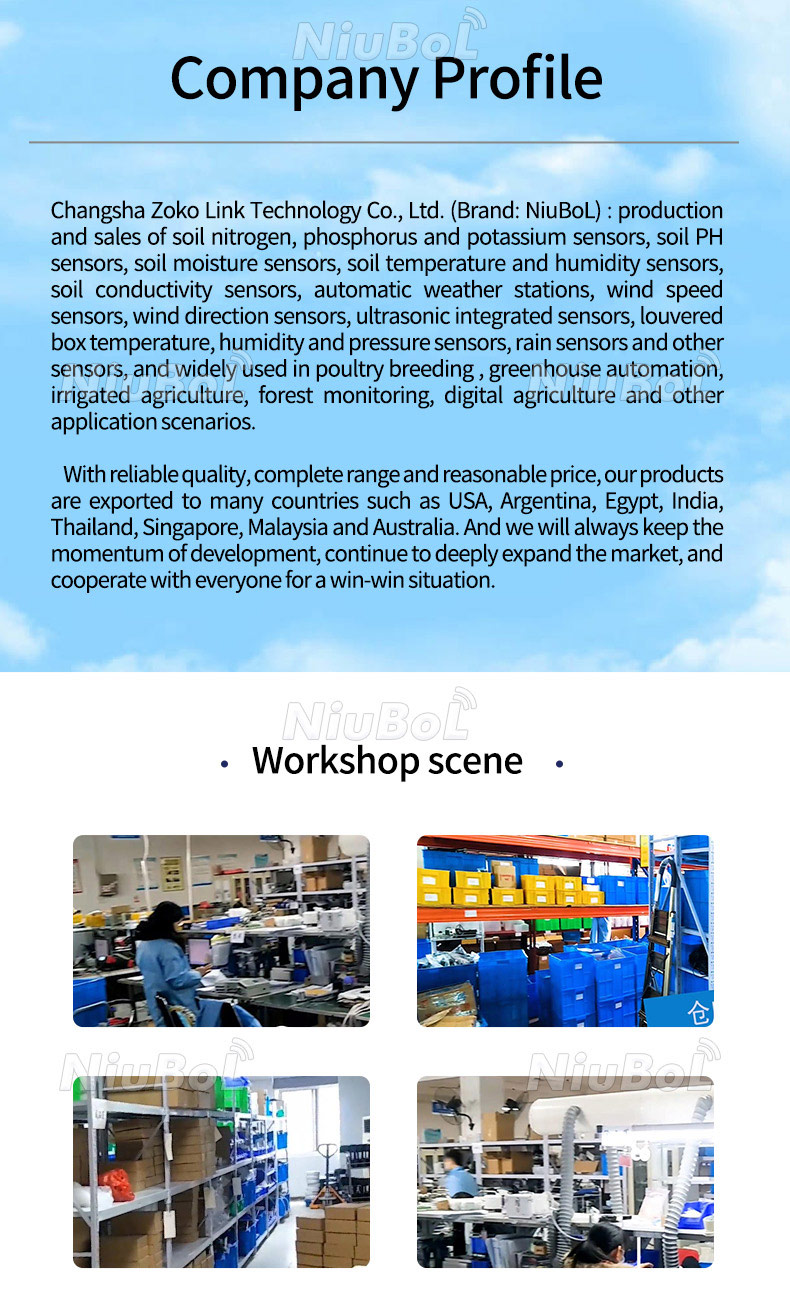
Instruments that measure the direction and magnitude of the wind, also known as wind speed and direction sensors, are widely used in meteorological monitoring.
Wind speed sensor is a kind of sensor that can continuously measure the wind speed and wind volume (wind volume = wind speed x cross-sectional area) size.
The more common wind speed sensor is the wind cup type wind speed sensor, first invented by Rubenson in England. The sensing part is composed of three or four conical or hemispherical empty cups.
The hollow cup shell is fixed on a trigonal star-shaped bracket at 120° to each other or on a cross-shaped bracket at 90° to each other, with the concave surfaces of the cups arranged in one direction and the whole cross-arm frame fixed on a vertical rotation axis. At present, there are more wind cup type wind speed sensors on the market.
The instruments used to measure wind speed are usually divided into two types, one is the anemometer that can be read directly; the other is the wind speed sensor that needs to be connected to the terminal computer system.
The wind speed sensor type is usually the majority of the three-cup wind speed sensor, three-cup sensor is the use of the mature technology of the early mechanical anemometer, in its structure "equipped" with more advanced electronic chip, which allows the advantages of the three-cup structure is further explored, and this sensor has the advantage of not being limited by the wind direction.
3 Cups Anemometer wind speed sensor has a wide range of applications in various fields. Here are some common application areas:
1. Meteorological observations: The wind speed sensor is an essential component of weather stations. It can measure the speed of the wind, providing data for weather forecasting, weather monitoring, and climate research. Weather observation stations, weather satellites, weather radars, and other equipment all use wind speed sensors.
2. Aviation and aerospace: In the aviation and aerospace fields, understanding the speed of the wind is crucial for flight safety and navigation. Wind speed sensors are used on aircraft, including airplanes, helicopters, and drones, to provide accurate wind speed information for flight planning and operations.
3. Wind power generation: Wind speed sensors play an important role in the wind power industry. They are used to measure wind speed to determine suitable wind energy resources. This helps optimize the operation and power output of wind turbines and assists wind farm operators in developing effective wind energy utilization strategies.
4. Fisheries and marine research: In fisheries and marine research, understanding wind speed is important for vessel maneuvering, fishing operations, and oceanographic studies. Wind speed sensors can be used to measure wind speed over the sea surface, guiding vessel navigation and fishing activities, and providing data on wind-driven processes in the ocean.
5. Construction engineering: Understanding wind speed is crucial for structural design and wind pressure analysis in construction engineering. Wind speed sensors can help engineers assess the impact of wind on buildings to ensure their stability and safety.
6. Pollution control and environmental monitoring: Wind speed sensors are also used in pollution control and environmental monitoring. By measuring wind speed, the airflow patterns and direction of pollutant dispersion can be understood. This is essential for evaluating air quality, developing pollution control strategies, and monitoring environmental pollution.
In addition to the above application areas, wind speed sensors can be used in weather balloons, wind tunnel experiments, HVAC systems, and more. With advancing technology, the application scope of wind speed sensors continues to expand and innovate.
Since the wind speed sensor is the use of physical measurement method. Therefore, in order to ensure the long-term use of equipment, we should pay attention to the next two prohibitions and seven do not when installing.
Two prohibitions:
1, prohibit the use of wind speed sensor in the combustible gas environment
2, prohibit the wind speed sensor probe in the combustible gas.
Seven do not:
1, do not disassemble or modify the wind speed sensor.
2, do not expose the probe and anemometer body in the rain.
3, do not touch the probe internal sensor parts.
4, do not place the wind speed sensor in high temperature, high humidity, dusty and direct sunlight.
5, do not use volatile liquid to wipe the wind speed sensor.
6, do not drop or heavy pressure wind speed sensor.
7, do not touch the sensor part of the probe in the case of wind speed sensor with electricity.
Sensors & Weather Stations Catalog
Agriculture Sensors and Weather Stations Catalog-NiuBoL.pdf
Weather Stations Catalog-NiuBoL.pdf
Related recommendations
 Wind Speed sensor Output Modbus/RS485/Analog/0-5V/4-20mA
Wind Speed sensor Output Modbus/RS485/Analog/0-5V/4-20mA Tipping bucket rain gauge for weather monitoring auto rainfall sensor RS485/Outdoor/stainless steel
Tipping bucket rain gauge for weather monitoring auto rainfall sensor RS485/Outdoor/stainless steel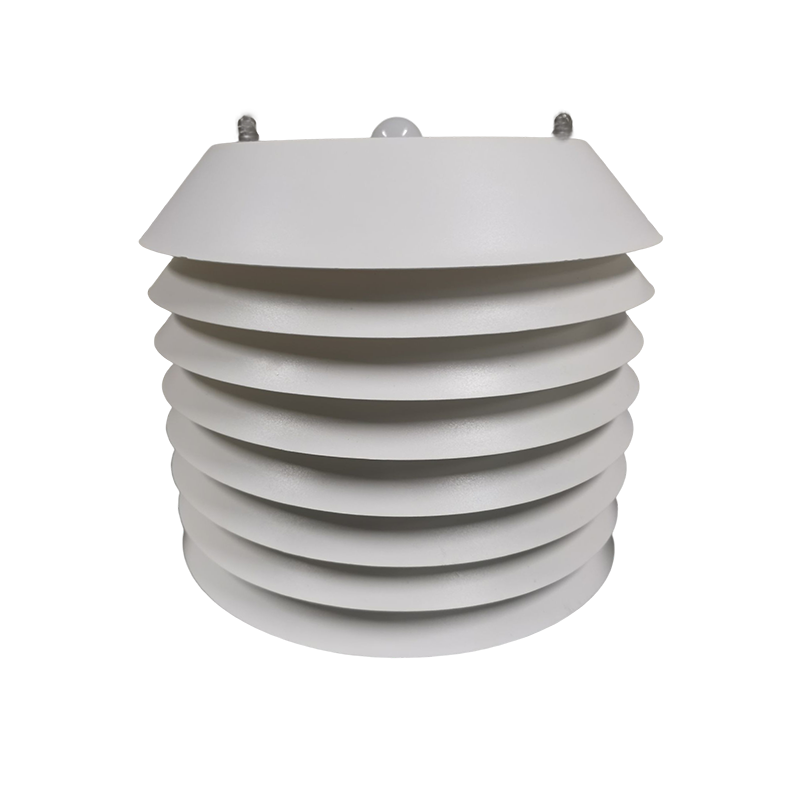 5-in-1 Temperature, Humidity, Air Pressure, Illumination, CO2 Sensor
5-in-1 Temperature, Humidity, Air Pressure, Illumination, CO2 Sensor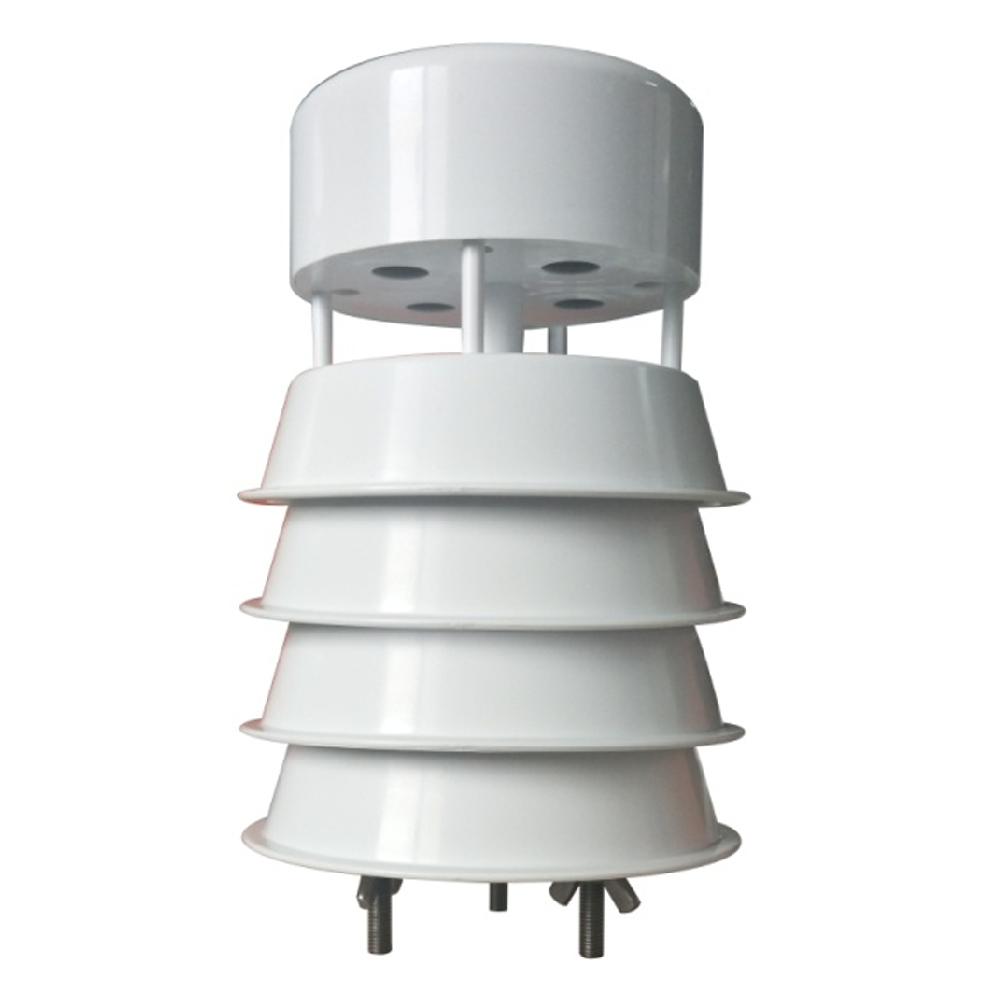 5 in1 Ultrasonic weather stations Atmospheric Pressure Temperature Humidity Wind Speed Direction sensor
5 in1 Ultrasonic weather stations Atmospheric Pressure Temperature Humidity Wind Speed Direction sensor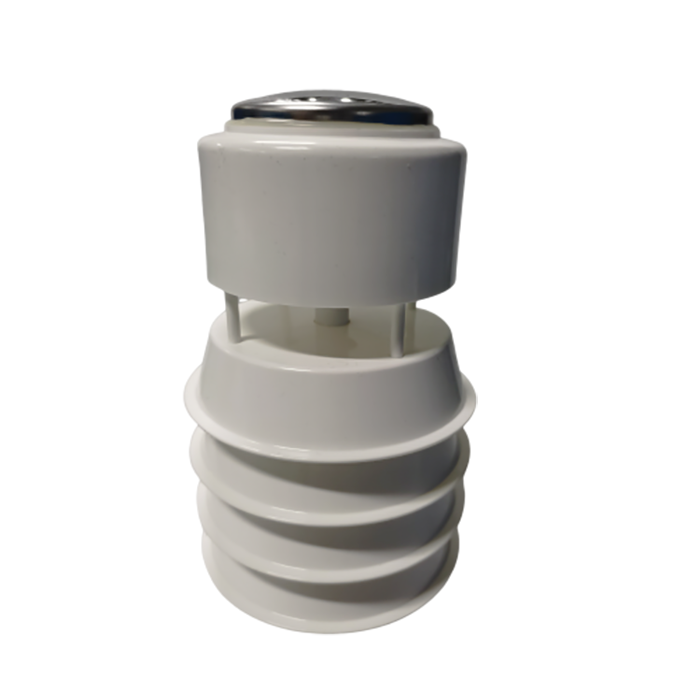 6 in1 Ultrasonic Weather Station Sensor for industrial & agricultural & environmental monitoring
6 in1 Ultrasonic Weather Station Sensor for industrial & agricultural & environmental monitoring 7 in 1 Ultrasonic Weather Station Sensor for Wind speed,Wind direction,Temperature, humidity, pressure,Illumin···
7 in 1 Ultrasonic Weather Station Sensor for Wind speed,Wind direction,Temperature, humidity, pressure,Illumin···
Screenshot, WhatsApp to identify the QR code
WhatsApp number:+8615367865107
(Click on WhatsApp to copy and add friends)
